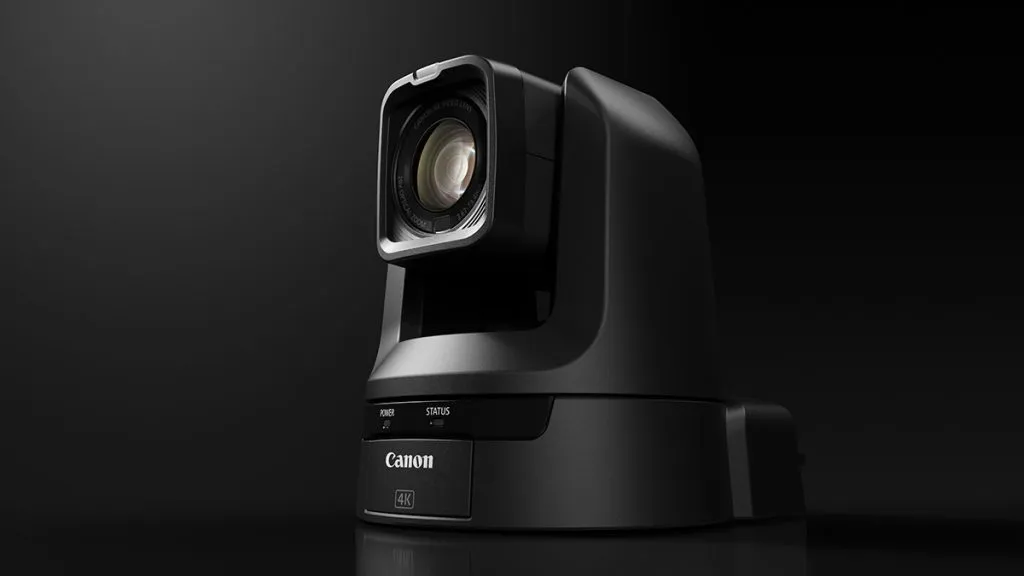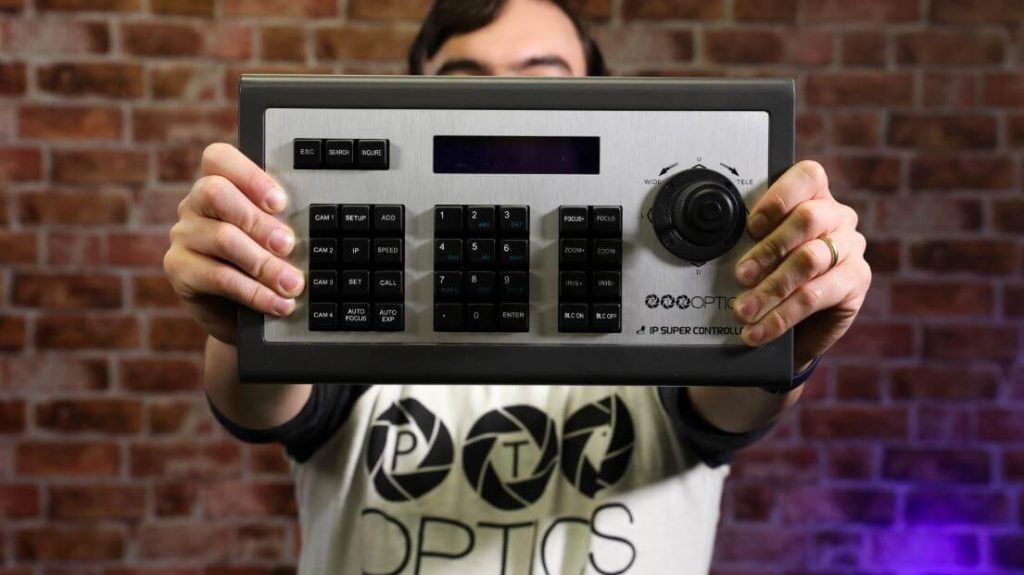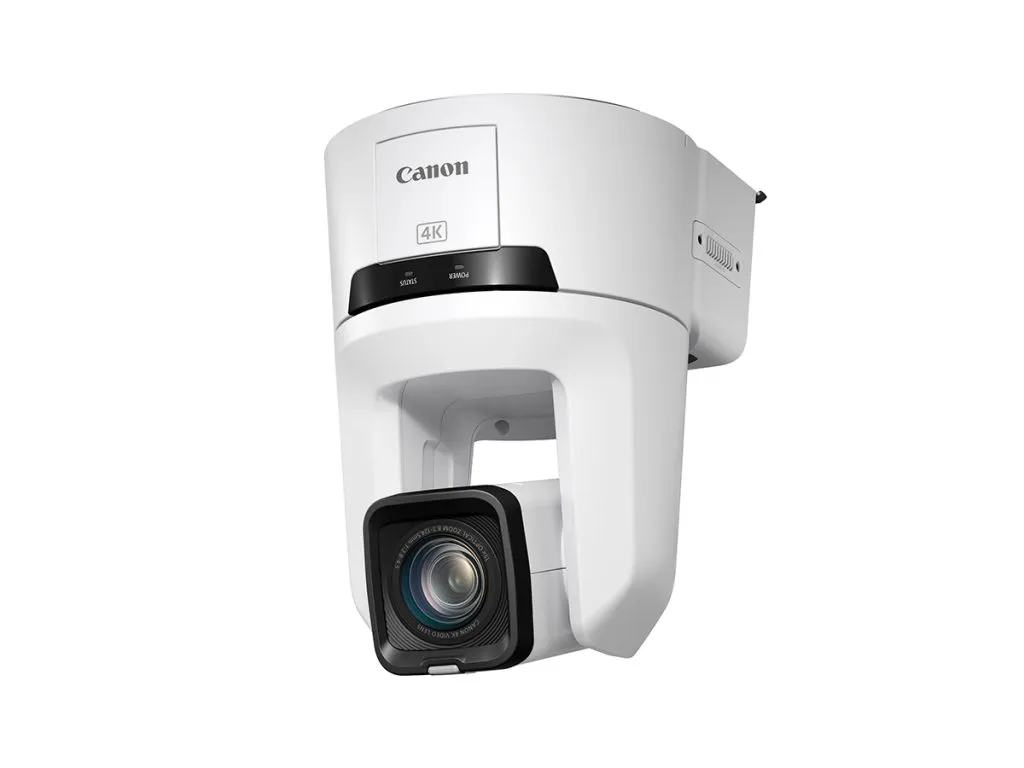PTZ camera (Pan-tilt-zoom camera)
It’s become a buzz word in the tech industry, but many people may not know what the term PTZ camera means. PTZ cameras are pan, tilt and zoom robotic video cameras that allow an operator to control the camera remotely. PTZ cameras can pan horizontally, tilt vertically and zoom in on a subject to enhance the image quality without digital pixelation.
PTZ cameras are sought after solutions because they serve a variety of applications, including live video production, sports broadcasting, video conferencing, telemedicine and security. PTZOptics cameras, for example, can be used with SDI video production switchers, HDMI extension systems, IP video workflows or USB video conferencing.
PTZ cameras are designed for their specific applications. Many camera lines offer unique features, including the ability to pan, tilt, and zoom to a preset location, providing an easier workflow. Camera presets are generally stored on the camera and they can be recalled to robotically move the camera to a specific location. For example, preset one may be zoomed into a location on stage and preset two may be a wide-angle shot of a crowd. In this way, pan tilt zoom cameras allow camera operators to quickly recall multiple positions inside their space with ease. In this way, a single camera operator can control multiple cameras remotely. These PTZ cameras are often used in video production and educational scenarios.

Other markets using PTZ cameras include:
- Broadcast Television
- Houses of Worship
- Sporting and Event Production
- Education: Distance Learning
- Corporate Training
What about PTZ camera control
- PTZ cameras can be controlled in a variety of ways including an IR remote, a joystick controller, and software. IR remote controls usually offer a limited set of basic features for controlling the camera and recalling presets. IR remote controls are easy to use for close-range camera control but generally do not work when the camera is mounted far away from the operator. Many PTZ cameras are mounted in locations that are far away from the camera operators such as a ceiling in a church, or across a school campus. Joystick controllers are generally connected to cameras in multiple ways include ethernet cabling and serial control cables. PTZOptics features options for joysticks with IP that can control any PTZOptics camera on a local area network or traditional serial controllers that can daisy-chain camera controls through direct connections to each camera.
- Software solutions for PTZ camera controls have certainly become much more popular in the past few years. PTZ camera can now be controlled with software such as OBS, vMix, Wirecast, TriCaster, MimoLive, and Livestream Studio. Each software solution tends to handle pan, tilt, zoom, and camera preset controls slightly differently but the benefit is generally the same. With PTZ camera controls built directly into video production software, the producer of a live stream no longer needs separate camera operators. With a couple of quick mouse clicks, PTZ cameras can be moving to known locations throughout a production space and even automated with triggers and advanced workflows. This type of camera control integration into software and hardware-based production systems allows smaller teams to produce high-quality content.

(PTZ Camera Control Options)
Pros of Using a PTZ Camera
- PTZ cameras offer a wealth of benefits, including the following:
Reduced Manpower
- Multiple PTZ cameras can be remotely controlled from a single switcher, allowing a single camera operator to easily manage and control all of them simultaneously.
Unparalleled Access
- Due to their compact footprint, PTZ cameras are ideal for locations that are hard to reach and/or dangerous for human camera operators to physically operate a traditional camera.
Large Field of View
- PTZ cameras can cover a large area, with some models being able to pan/tilt from 0° to a full 360° pan and 180° tilt. Some PTZ cameras can also pan and tilt digitally, allowing editors to adjust videos after recording at a slight cost to fidelity.

Impressive Reach
- Many PTZ cameras come equipped with lenses with optical zoom ratios of 10x, 20x, 30x, or more. This allows them to view and capture subjects from afar.
Subject Tracking
- Some of the more advanced PTZ cameras can even automatically adjust their field of view to track moving objects without the need for an active camera operator.

